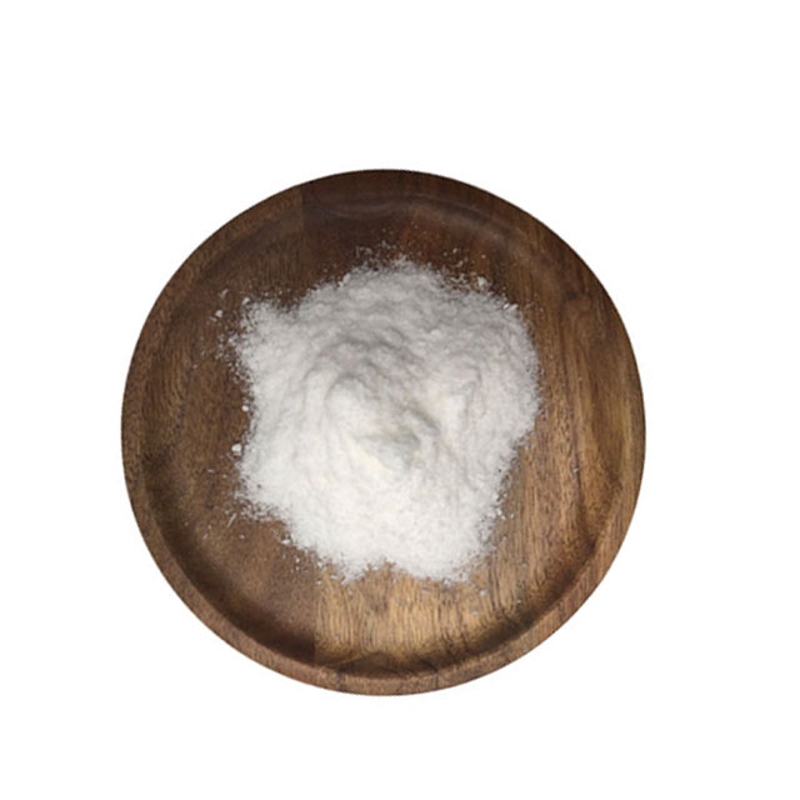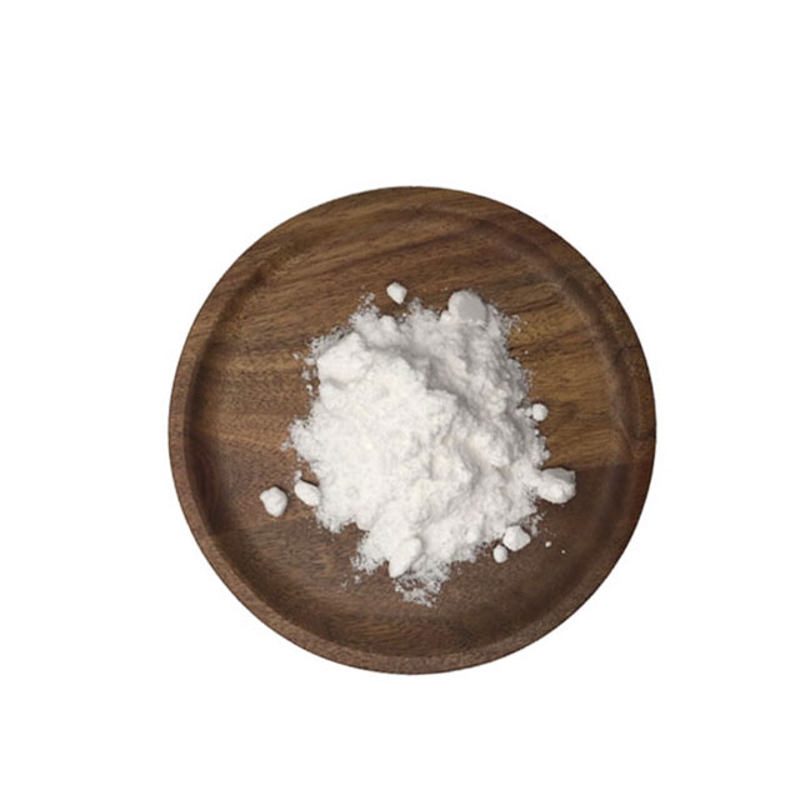-
Categories
-
Pharmaceutical Intermediates
-
Active Pharmaceutical Ingredients
-
Food Additives
- Industrial Coatings
- Agrochemicals
- Dyes and Pigments
- Surfactant
- Flavors and Fragrances
- Chemical Reagents
- Catalyst and Auxiliary
- Natural Products
- Inorganic Chemistry
-
Organic Chemistry
-
Biochemical Engineering
- Analytical Chemistry
- Cosmetic Ingredient
-
Pharmaceutical Intermediates
Promotion
ECHEMI Mall
Wholesale
Weekly Price
Exhibition
News
-
Trade Service
The fine line between cooking herbs and vegetables is often blurred by tradition. One person's dressing may be another person's main course.
Many ofof the land used to grow cooking herbs that give speciality to different dishes. Serfs, oxtails, rosemary, dozens of aromatic plants can fill their surroundings with their distinctive aromas with a touch of a leaf."
we studied the relationship between herbs and health from a variety of sources.
Blumenthal
, founder and executive director of
's American Plant Herbs Council, a nonprofit think tank and educational organization based in Austin, Texas, says the committee is a nonprofit think tank and educational institution for herbs and their applications.
"
from health practitioners to interested consumers to processors conducting product research
-
and even control centers
-
want to learn about herbs.
”For food and beverage processors, plant herbs, spices and other plant ingredients
(
such as roots, tubers, root stems
)
can be divided into two categories:
GRAS (
Generally Recognized Safety
)
and non-
GRAS
. Importantly, however,
GRAS
only applies to food additives and not to herbs.plant ingredients provide flavor, aroma and often color in food. However, food elements with important added value are its unique health ingredients, which are a veritable phytochemistry library. Although not considered a necessary nutrient, thousands of years of anecdotal and anthropological evidence and scientific research have shown that these ingredients have made a significant contribution to the prevention of disease and the reduction of symptoms of various diseases.SageThe science of the mechanisms of the effects of some of the most popular and widely used herbs is also being updated, "Advances in research on bioactive substances in herbs and spices: a summary of the principles of the most effective antioxidants and anti-inflammatory activity is published in the recent
Critical Reviews of Food Science and Nutrition
). The paper reviews how researchers are re-examining common herbal disease prevention methods.report also notes that most studies focus on the antioxidant properties of various herbs and flavors.
a vast database of
"
total antioxidant content in more than
3,100
foods, beverages, spices, herbs and supplements used worldwide, produced by Carlsen
et al., published in the Journal of Nutrition Nutrition ,
it reveals that the most effective phytophytes
(
relative to most fruits and vegetable
s)
herbs and spices.Active oxygen clusters
(ROS)
, toxic oxygen compounds known as freeare normal by-products of plant and animal metabolism and are considered to be the main cause of many aging-related diseases, including cardiovascular disease, cancer, cataracts, age-related immune system decline, and even degenerative diseases of the nervous system, such as Parkinson's disease and Alzheimer's disease.
ros
damage lipids in cell membranes as well as proteins,
DNA
and other molecules that play a key role in cell structure and function. The body's innate defenses include a variety of endo-endoidants that require dietary support to obtain antioxidants present in many plants. Plant antioxidants can directly fight reactive oxygen or help restore natural antioxidant capacity.of plantmany known plant-active compounds with antioxidant potential are a class of substances called polyphenols. However, protection from free-based damage is not enough to explain the relationship between all anti-inflammatory, anti-tumor and anti-atherosclerosis effects and some traditional plants. Recent studies have shown that these active ingredients can affect cell signaling pathlines when inflammation occurs in the body. They are even thought to act as a voluntary medium for cell signaling.Rosemaryrecently isolated polyphenols from herbs and spices, including terpene thyme and parsley. They are found in bovine and thyme. These compounds appear to inhibit the oxidation of
(LDL)
(a bad cholesterol)of low-density lipoproteins. They may also reduce inflammation
by inhibiting
and stimulating inflammatory chemicals produced by the immune system.statins, statins, and rosemary diphenols in serum and rosemary can protect cell membranes from damage and reduce inflammation by inhibiting the formation of inflammatory compounds. Hydroxycin and its derivatives, including serfs, parsley, thyme, ornate, and aweic acid found in mints, may also inhibit
LDL
oxidation. Rosemary acid present in rosemary, thyme, mint, serfs, basil and bovine can suppress the immune system to form inflammatory proteins. Curcubin in turmeric is an anti-inflammatory and powerful antioxidant active compound. It reduces the synthesis of epoxy
-2
other inflammatory proteins, while increasing the production of endogenetic antioxidants.flavonoids in herbs and fragrances are lower than polyphenols, but they are also powerful antioxidants. Laboratory studies have shown that quercetin in dill can suppress inflammation and reduce the
C-
reaction protein through the
COX-2
path, which is a sign of inflammation. Other powerful flavonoids include lye and mint woody herb, which is thought to lower overall and low-density lipoprotein (
LDL
) cholesterol, while increasing hdlly lipoprotein
(HLD)
cholesterol, which is good for the body, and celery flavonoids in parsley, which also inhibits inflammatory signaling proteins.importantly, the intake of individual isolated antioxidants did not adequately demonstrate the health benefits they showed throughout herb and spice use in randomized controlled trials. Plant ingredients are complex substances that contribute subtle senses to a variety of traditional cuisines and other food and beverage products, reinforcing their health potential. But as part of the overall diet, herbs and spices work together to help promote health.







